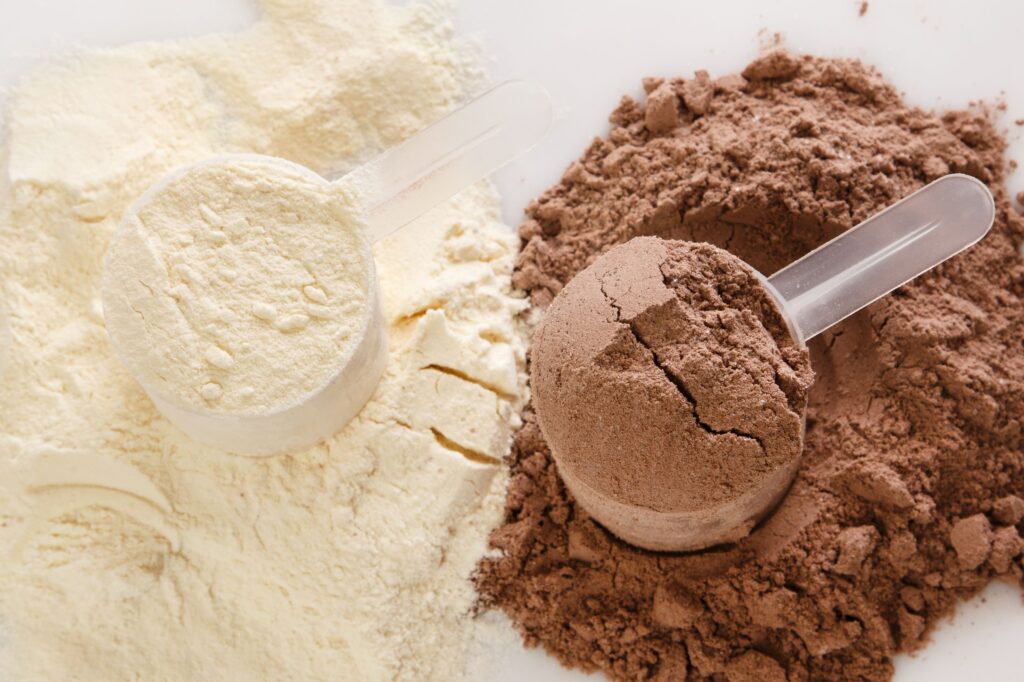In a world where population levels continue to rise, healthcare services face increasing demand for their services year-on-year. The recent pandemic highlighted the stresses and pressures that modern healthcare services can be put under in times of excess demand. During the height of the virus outbreak, the demand for emergency and non-emergency services was so high that systems struggled to cope. It is little surprise that many governments instigated lockdowns and restrictions on the movement of its citizens.
This drastic measure was adopted to slow the spread of the virus, specifically its infection rate (or the “R” value as it became known). By doing this, healthcare systems already under extreme pressure did not receive a larger influx of seriously ill patients all at once. Today, the healthcare system is still under pressure, especially with the current surge in demand for services during the winter season. However, this article explores some key ways in which effective patient care is maintained during times of high service usage.
Rapid delivery services for essential medical products
In modern healthcare, there is a need for efficient supply chains and delivery systems. Medical prescriptions need to reach pharmacies quickly and essential supplies such as blood plasma and organs that are destined for transport need to be delivered as rapidly as possible. Many healthcare services rely on contracted third-party delivery services to fulfill this, such as can be found at https://ameriship.com/services/.
These professional delivery companies have built a reputation for delivering to short timescales and at competitive prices for the healthcare provider. When time-critical medical procedures (such as organ transplants) need to be undertaken, such companies are commonly tasked with delivering medical products rapidly and safely. In short, modern healthcare systems rely on this logistics infrastructure to continue to offer first-class care and improve patient outcomes.
Triaged dispatch systems for emergency care
One of the key challenges in emergency medical care is ensuring that the right resources are sent to the patient and that the most seriously ill receive the most rapid response. This is achieved using Emergency Control Centres when members of the public place an emergency call. In modern pre-hospital emergency care, the speed and level of response are governed and triaged by a series of protocols known as the Advanced Medical Priority Dispatch System (AMPDS).
Put simply, the caller taker will ask the caller to answer a series of short questions that help to rapidly determine the nature and severity of the emergency. Typically, the first question asked is, “Is the patient breathing.” If the answer is “no” this will immediately help prioritize the most rapid emergency responses (Also known as a CAT 1 call). Medical conditions that warrant a CAT 1 response include cardiac or respiratory arrest.
Other serious illnesses and medical conditions such as strokes, heart attacks, and serious burns will also receive an emergency response; however, the target time to reach the scene may be slightly longer. This system is used in many modern emergency healthcare services and helps to ensure that emergency resources are dispatched to patients who have the most serious and life-threatening medical issues. In an age where emergency resources are finite, such systems help to ensure the best possible outcomes for communities.

